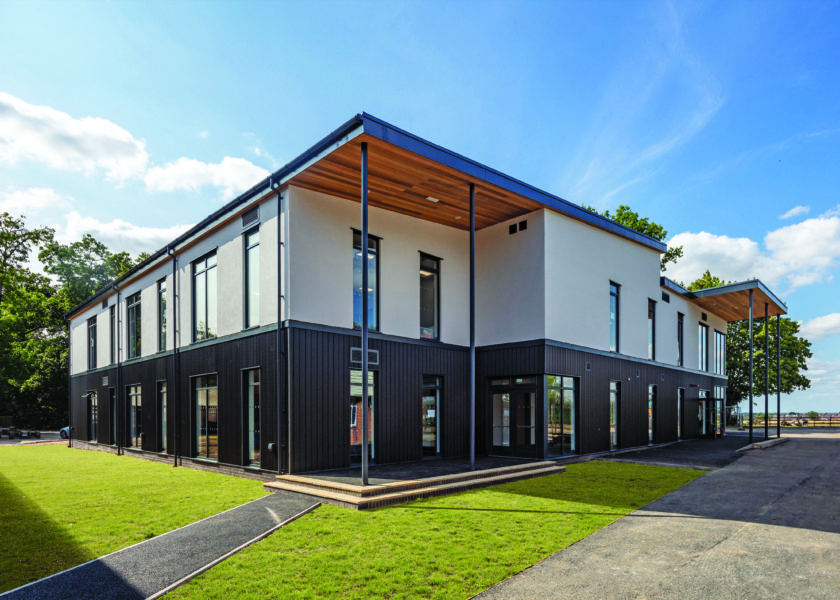Structural Timber Construction: The Importance of Early Engagement and Partnership
04/09/2023

The construction industry is undergoing a remarkable transformation driven by the increasing popularity of timber as a building material. With its carbon-saving benefits and renewable nature, timber holds immense potential in helping the UK achieve its ambitious net zero targets by 2050. In this blog, we explore the various structural timber systems, the importance of partnering with industry experts, the benefits of early engagement, and finding the perfect build partner to maximise the advantages of timber construction.
Understanding Structural Timber Systems
To better understand timber construction, it is important to clarify the terminology associated with it. There are two categories of structural timber systems: Mass Timber Systems and Lightweight Timber Systems.
Mass Timber Systems: Mass timber systems are cross-laminated timber (CLT) and glued-laminated timber (Glulam) and are predominantly used in complex and high-rise buildings. By employing mass timber, these buildings can significantly reduce their carbon footprint both during construction and throughout their lifespan.
Lightweight Timber Systems: Lightweight timber systems include timber frame and structural insulated panels (SIPs) and are preferred for low and medium-rise buildings for housing, educational institutions, and commercial establishments. Timber frame particularly has been widely adopted in Scotland with a rate of around 92% equating to around 23,000 units, and while this percentage is much lower in England at around 9%, the volume of units does not have the same disparity, with almost 14,000 homes being built in timber frame. By employing offsite manufacturing, lightweight timber systems facilitate faster construction, energy efficiency, and sustainable building practices.
The Role of Experts and Early Engagement
Partnering with experts throughout the entire supply chain is crucial for any construction project, and working with structural timber requires knowledge and experience to ensure safe and accurate design, just like any other construction material. Thankfully, the industry is home to numerous timber frame experts with a wealth of knowledge and expertise.
The STA is the leading organisation in the UK, representing the structural timber sector and its associated supply chain companies. With over 850 members, including suppliers, designers, engineers, manufacturers, erectors, and installers, the STA serves as a comprehensive resource for its members and the wider construction community. The website profiles all members, making it easier for all involved in the build process to find the right partners for their projects.
Ensuring Quality and Standards
It is important that quality and standards of construction must be to the highest degree; therefore, the STA see that accreditation is crucial to providing all stakeholders with evidence that companies are held to a high level.
STA Assure, the STA’s Quality Assurance Scheme, delivers strong reassurances to the construction community regarding its members’ compliance with current legislation and regulatory standards. Through a rigorous assessment process, the scheme ensures that design, production, and site assembly processes, as well as quality controls, consistently meet or surpass standards.
Early engagement with contractors, architects, and other partners is pivotal for the success of all projects, and timber constructions are no different. Material choice, including the decision to use timber, should be made during the early stages of the design process. This material-first approach should become best practice across the industry, enabling efficient timber construction and maximising its benefits.
Timber construction is rapidly gaining popularity due to its carbon-saving benefits, renewable nature, and positive impact on the environment. By leveraging the advantages of structural timber systems, the UK can make significant progress toward achieving net zero by 2050. Partnering with industry experts, ensuring quality and standards through accreditation, and emphasising early engagement are vital steps in harnessing the full potential of structural timber.